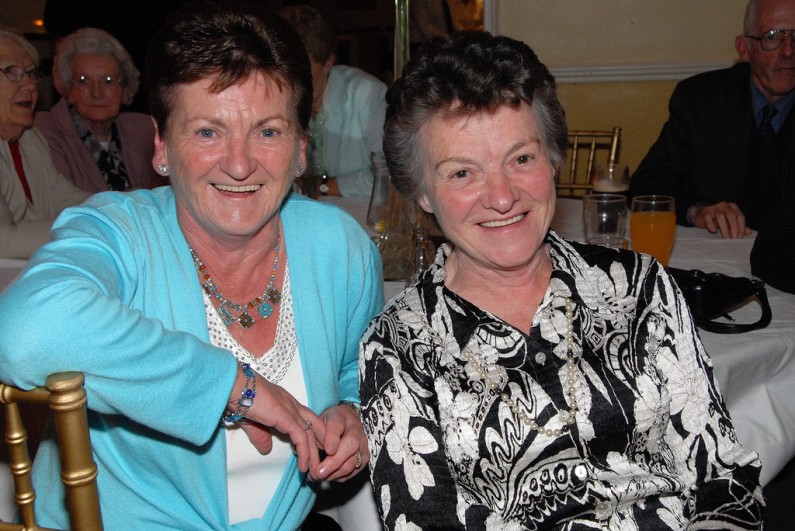
For older Americans using a boldly inclusive attitude is not always enough to accept today’s rapidly changing social environment. Media is flooded with seemingly odd characters who talk about not identifying as a male or female, bickering about whether or not rape is real, white guilt, reverse prejudice, and much more.
Imagine being born in the 1940s or 50s and trying to navigate through complicated and ever-changing social expectations. Many baby boomers choose to ignore or complain about the rhetoric of younger generations. Are these effective methods to approach topics that are foreign to them?
Making the Decision to Change Personal Biases
One has the ability their way of thinking. An example would be pre-1960s bigoted terminology used against disenfranchised communities. Updated politically correct terms were offered to make it easier to choose to rethink prejudices.
Learned prejudicial behavior could be changed, but it took determination to move away from the way they were raised.
In the current social climate, when confronted with the idea that they are subconsciously bigots, the typical response is “I never owned slaves.” Most do not understand why this statement is an insult to black America. Furthermore, they have trouble comprehending the need to change their attitudes.
Transforming a perception or becoming a better form of themselves is extremely difficult for older adults. Good news! There are tools to learn about the current social and cultural changes. The first step is to make the decision to change their biases.
“Who am I? How do I Fit in the World?”
Author of “White Awake,” Daniel Hill, explains his journey to understand cultural differences. As a young Caucasian man, he sought to create a culturally diverse church. When this attempt failed, a prominent African-American in the Chicago area approached him and offered to set up a meeting with other pastors “involved in the ministry of racial reconciliation.”
Present at this meeting were four others, a Caucasian, a Latino, an Asian American, and an African American. After hearing Hill’s story, the Latino pastor said the intent was admirable but paternalistic. Then he asked: “Why do you think rich white people need to come save us brown poor people?” Hill was floored, he did not know what paternalistic meant.
Each pastor boldly told him he was not approaching the matter of social inclusion logically. They spoke of their individual cultures, experiences, and their concerns. The African-American minister explained that the racial history of the city would be a barrier and keep black people out of a white church.
After the meeting, Hill was left with questions. “Who am I? How do I fit in the world?”
Being a minister, he turned to the Bible and took on the task of learning all he could about other cultures. Hill used the ideas and tools he shared in his book. Now he “is the founding and head pastor of River City Community Church, a vibrant, multiethnic church in the Humbolt Park neighborhood in Chicago.”
Adapting to Social Change Cannot Be Done Alone
Older adults wishing to update their social skills can take inventory of their lives. One step would be to discover their own cultural identity. They, too, should answer the same questions the pastor asked: “Who am I? How do I fit into the world?”According to Hill, this is best done by asking God to help them find these answers.
A relationship with God is a powerful way to transform one’s life. If a person wants to live a fulfilled life, without fear of social changes, prayer will offer guidance. Today, it is not easy to make major changes without assistance, especially with the overabundance of media invading one’s sense of self. Simply ignoring the need to change is not a sensible solution.
Opinion News by Cathy Milne
Sources:
Dr. David Jeremiah: ‘A Life Beyond Amazing;’ Harper Collins Publishers; 2017
Daniel Hall: ‘White Awake;’ Intervarsity Press; 2017
Featured and Top Image Courtesy of Ballymore Bugle’s Flickr Page – Creative Commons License


